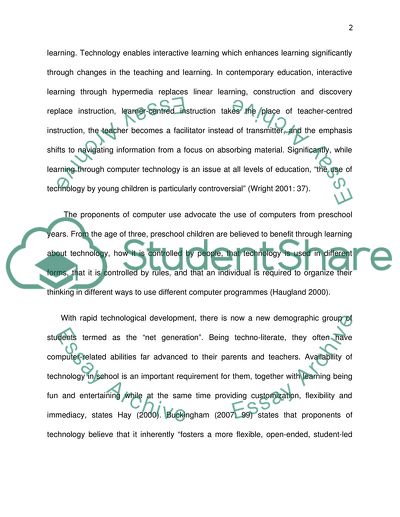Cite this document
(“Exploring Whether Technology Has Affected Children's Learning Essay”, n.d.)
Retrieved from https://studentshare.org/psychology/1574054-exploring-whether-technology-has-affected-childrens-learning
Retrieved from https://studentshare.org/psychology/1574054-exploring-whether-technology-has-affected-childrens-learning
(Exploring Whether Technology Has Affected Children'S Learning Essay)
https://studentshare.org/psychology/1574054-exploring-whether-technology-has-affected-childrens-learning.
https://studentshare.org/psychology/1574054-exploring-whether-technology-has-affected-childrens-learning.
“Exploring Whether Technology Has Affected Children'S Learning Essay”, n.d. https://studentshare.org/psychology/1574054-exploring-whether-technology-has-affected-childrens-learning.


